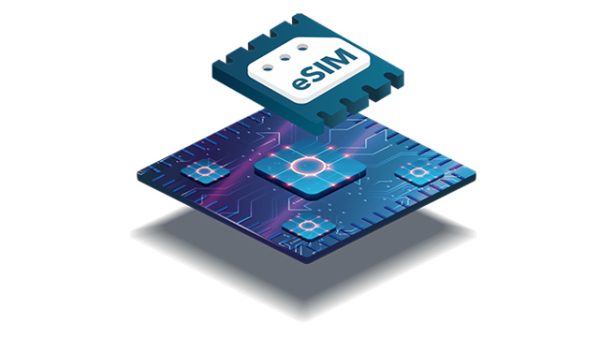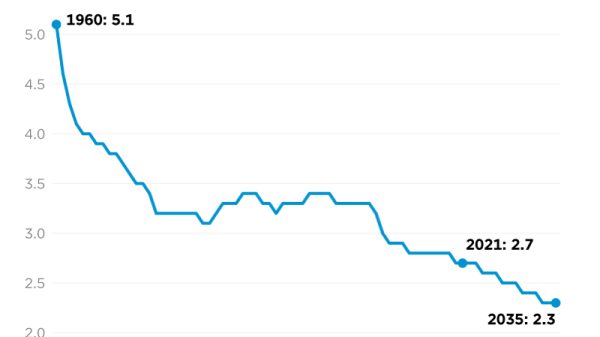There’s a weird in-between space no one talks about enough—that moment when your business stops feeling like a fragile idea and starts feeling… real. You’ve made it past the 2 a.m. panic sessions, the endless guessing games, the “do we even have a business?” stage. Now it’s different. It’s quieter. More complex. And in its own way, even more uncertain.
You’re not just a startup anymore. You’re something else. Not quite “big,” but not scrappy either. And that shift can be tricky to manage.
Redefining Failure As Feedback
It used to feel like every misstep could end it all. Launch a product no one wants? Game over. Price something wrong? Disaster. But somewhere along the way, failure stopped being so scary. That doesn’t mean it stopped hurting—it just started making sense.
Failure, now, feels more like direction than doom. You begin to see the shape of things. Oh, we’re spending too much on fulfillment because our shipping zones are off. Oh, that client ghosted because we didn’t set clear boundaries. These aren’t catastrophes anymore. They’re clues. This is how you build a better version of what you had last year. Or last week. You screw up. You take notes. You keep going.
Systematize For Stability, Adapt For Growth
Eventually, the adrenaline wears off. You can’t white-knuckle everything forever. So you start building the bones of the business—systems, schedules, things that don’t fall apart when you take a day off. That’s when you realize structure isn’t the enemy. It’s the safety net.
Take inventory, for example. You used to wing it. Guess how many units you had. Hope it was enough. Hope the spreadsheet was up to date. Then one day, you install inventory management software and wonder how you ever lived without it. Turns out, clarity is addictive.
But structure can’t become a cage. What works now might not work next quarter. Keep the systems, but leave room for wild ideas and experiments that go nowhere. That’s where the magic usually starts anyway.
Keep A Learner’s Mindset
You’ve made it this far, sure. But this isn’t a victory lap. It’s just the start of a different kind of hustle. One that demands you be curious, not cocky.
The minute you think you’ve got it all figured out, you’re toast. Markets shift. Customers flake. Platforms die. That feature everyone loved last year? Dead weight today. So you listen. You observe. You unlearn.
Sit down with your team and ask what isn’t working. Actually listen when someone tells you they’re burnt out or the onboarding flow is broken. The best businesses don’t just evolve. They admit when they’re wrong and pivot fast.
Embrace IoT for Scalable Growth
There comes a point when you realize that the chaos of the early days can’t keep up with where you’re headed. That’s when you start looking for smarter ways to grow. Enter the Internet of Things (IoT). It’s not just tech jargon; it’s a game-changer.
IoT devices and sensors can take the guesswork out of your operations, giving you real-time insights and automating the mundane. Imagine your inventory managing itself, your products talking back to you with usage data, and your systems adapting before you even see a problem.
It’s not about losing the scrappy spirit that got you here. It’s about building a business that’s as smart as it is resilient. With IoT, you’re not just keeping up; you’re staying ahead, ready to pivot, adapt, and grow.
Culture Is The Secret
You can build a thousand workflows, but if your team feels invisible, it’ll all fall apart anyway. The culture you set right now will follow you for years. Make it one where mistakes aren’t whispered about. Make it one where someone can say “I messed up” without fearing they’ll be benched. That kind of honesty doesn’t just build trust—it builds momentum. And when your people trust each other, they create brilliant stuff together.
Because at the end of the day, your product isn’t just what you sell. It’s how you work. Who you work with. And how you treat each other when everything goes sideways.
From Startup To Stable
This phase—this messy, exhilarating middle ground—is where real businesses are made. Not in the launch. Not in the exit. Right here. Where you’re too big to fake it and too small to coast. You’ll get things wrong. You’ll launch stuff no one wants. You’ll grow too fast or too slow or in the wrong direction entirely. But if you keep failing forward, if you treat every misstep as a mirror, you’ll build something strong enough to last—and flexible enough to change.
Being “established” doesn’t mean you’ve stopped growing. It means you’ve learned how to fall without breaking.
The post Failing Forward: Growing Beyond Startup Mode Without Losing Your Core appeared first on IoT Business News.













